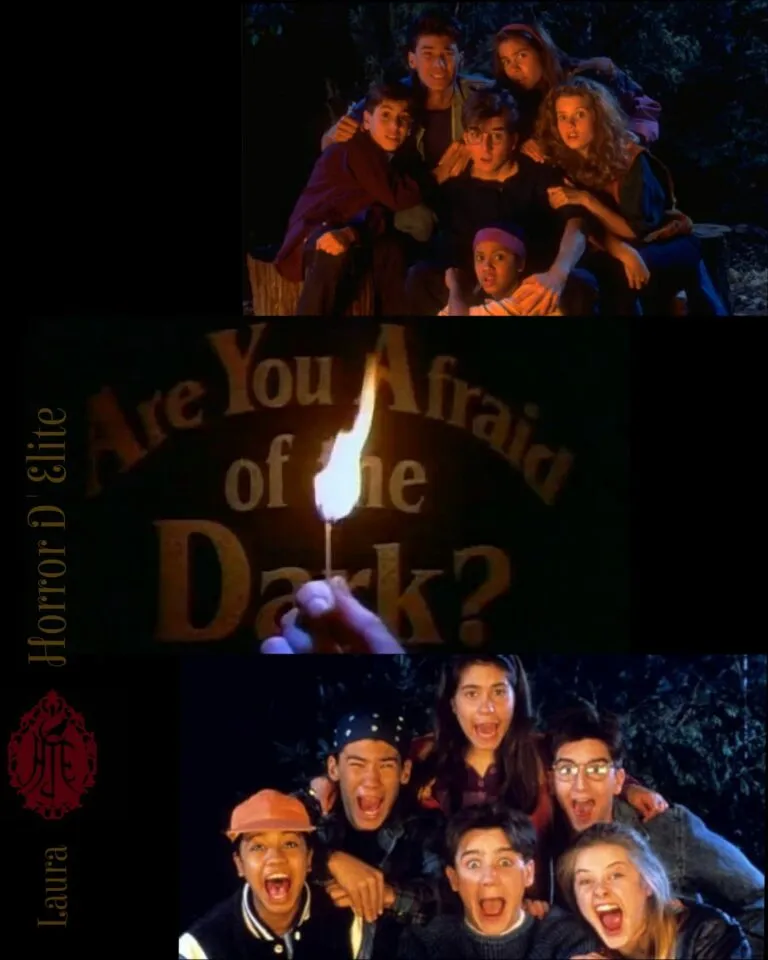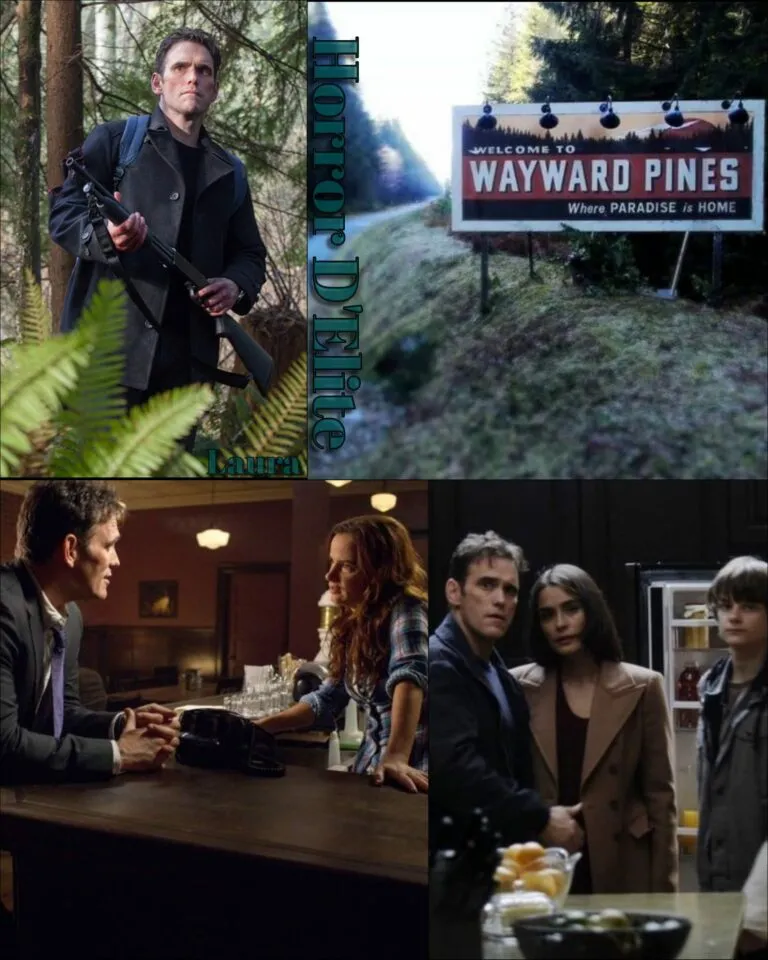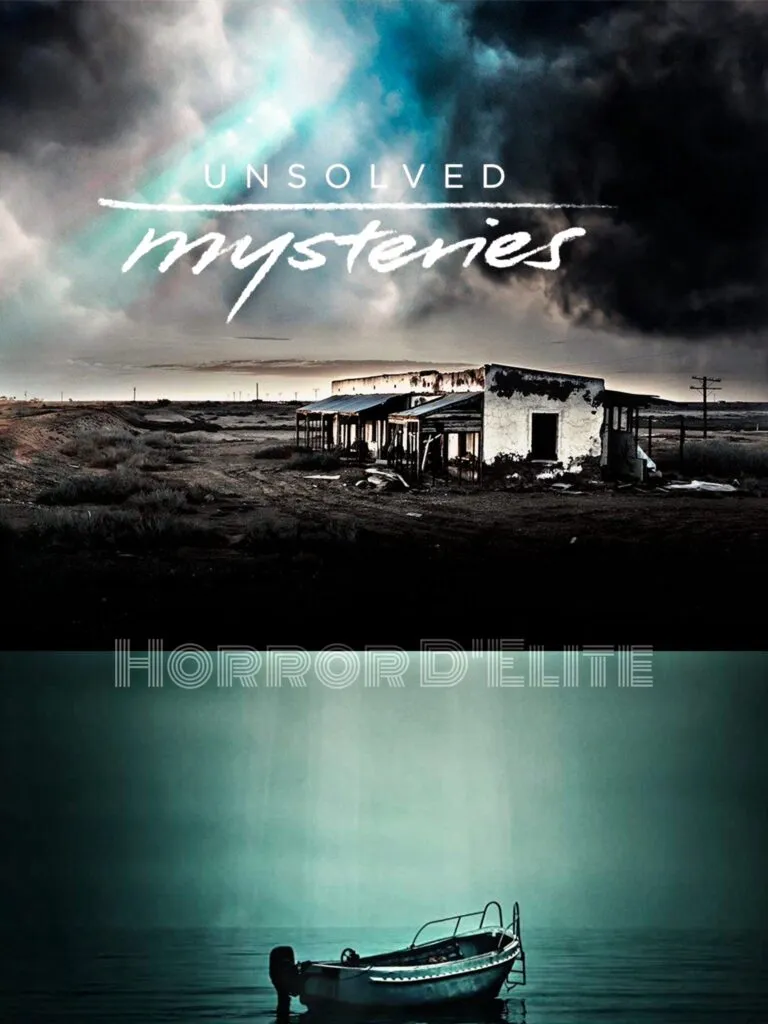The Twilight Zone
The Twilight Zone (1959-1964)
“You’re about to enter another dimension, a dimension not only of sight and sound but of mind. A journey into the wondrous land of imagination. Next stop: The Twilight Zone.”
In the 1960s, an era of fervent creativity and social change, a television series captured the imagination of the audience with gripping and surreal stories…
We’re talking about “The Twilight Zone,” a creation of Rod Serling that debuted in 1959 and continued to captivate viewers for five seasons. In the following years, there were several attempts at remakes, but none achieved the success of the original series.
The series earned a unique reputation for its ability to explore universal themes through the use of unusual and surreal situations. Rod Serling, also the author of many of the series’ scripts, introduced each episode with his unmistakable voice, underscoring the uniqueness of each story and often inserting a moral or philosophical reflection.
One of the distinctive elements of the series is its ability to blend fantasy and social commentary.
As viewers were transported into fantastic or dystopian worlds, important reflections were made on the concerns and anxieties of the time, inevitably tying the viewers themselves to the plot.
Among the most memorable episodes are “Where Is Everybody?” a reflection on paranoia and fear of the unknown during the Cold War, and “The Eye of the Beholder,” which explores the concept of personal identity in a rapidly changing world. The series also pioneered the use of twist endings, surprising viewers with unexpected revelations that often questioned the perception of reality.
The formula used by the series was a success, helping to define the genre of television science fiction and inspiring many series that followed. Its cultural impact is still evident today, with many works paying homage to or openly drawing inspiration from this television classic.
In conclusion, “The Twilight Zone” is not just a classic television series from the 1960s, but a reflection that entertains the viewer while stimulating the mind. Its legacy continues to live on through the timeless allure of stories that make us wonder: “What if…?”






